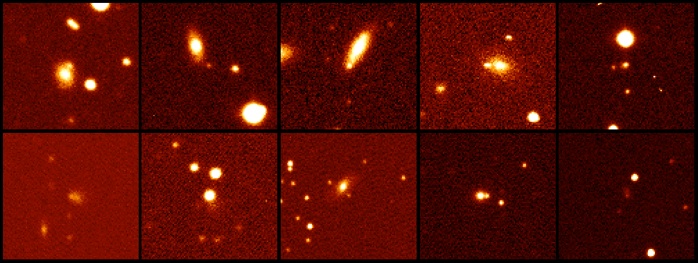The Nearby Supernova Factory group focuses on observing many supernovae in order to better determine their characteristics. Supernovae are used to determine the expansion history of the universe. To find supernovae we have observed two pi steradians (solid angle) of the sky. To discover supernovae, new images are subtracted from reference images created at an earlier time. This process often also flags non-supernovae, such as misalignments, asteroids, and variable stars. In order to decrease the number of false supernova candidates, a catalog can be used to identify stars and variable stars. In this way all star candidates can be masked since they are not supernovae candidates. We present software that creates a catalog of the images with star and galaxy classifications. The software uses a neural network in the program SExtractor to do the object classification. The program stores the results in an SQL database in preparation for the master catalog. After all the data has been processed with this software, our catalog will reduce false supernova candidates caused by stars and variable stars. The catalog also yields much information on the image quality, which can be used in the creation of a master reference. Furthermore, it can be used for many other scientific pursuits, such as finding variable stars, gamma ray burst after glows, and other transient objects. Finally, when completed this catalog will be the largest CCD survey available.

Star/Galaxy catalogue for the
Nearby Supernova Factory

Summer research project in 2003 at Lawrence Berkeley National Laboratory with Dr. Greg Aldering
Supernova Factory Website







